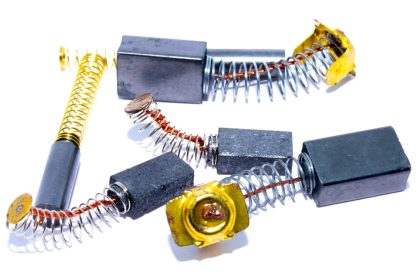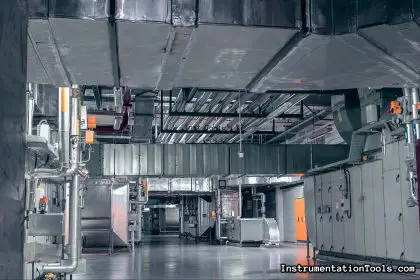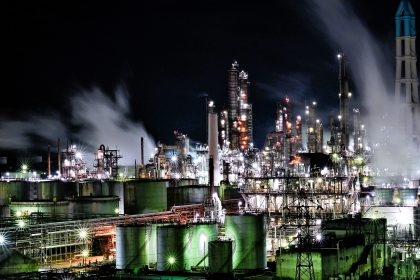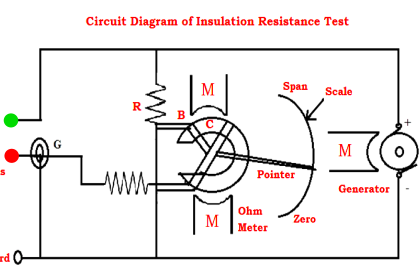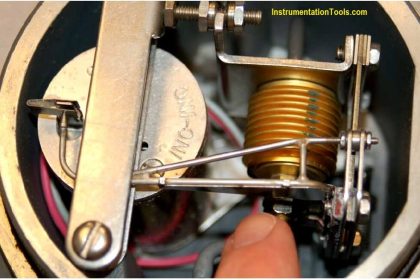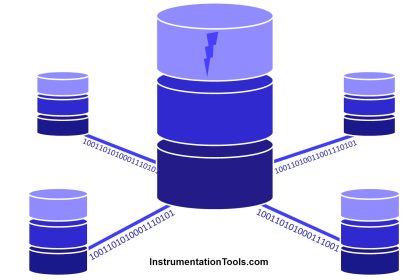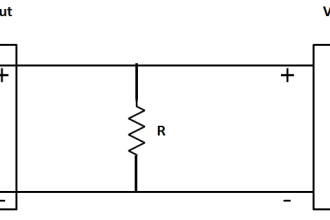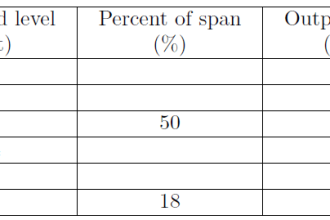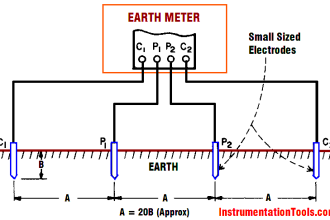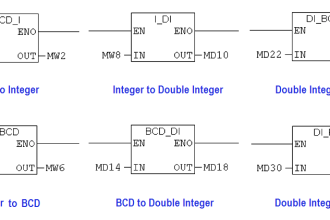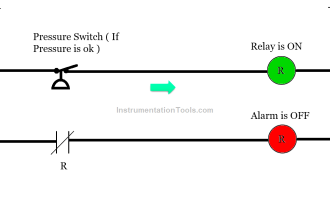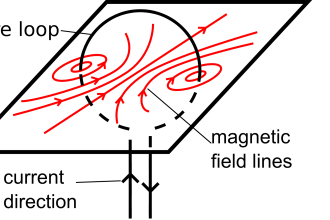Decades ago, capping machines on the factory floor were manually operated, slow, and prone to errors. This is no longer the case as tech-enabled machines have entered the market.
Capping Machine
Nowadays, most industries manufacturing liquid products have invested in automatic bottle cappers to boost efficiency and safeguard their competitive advantage.
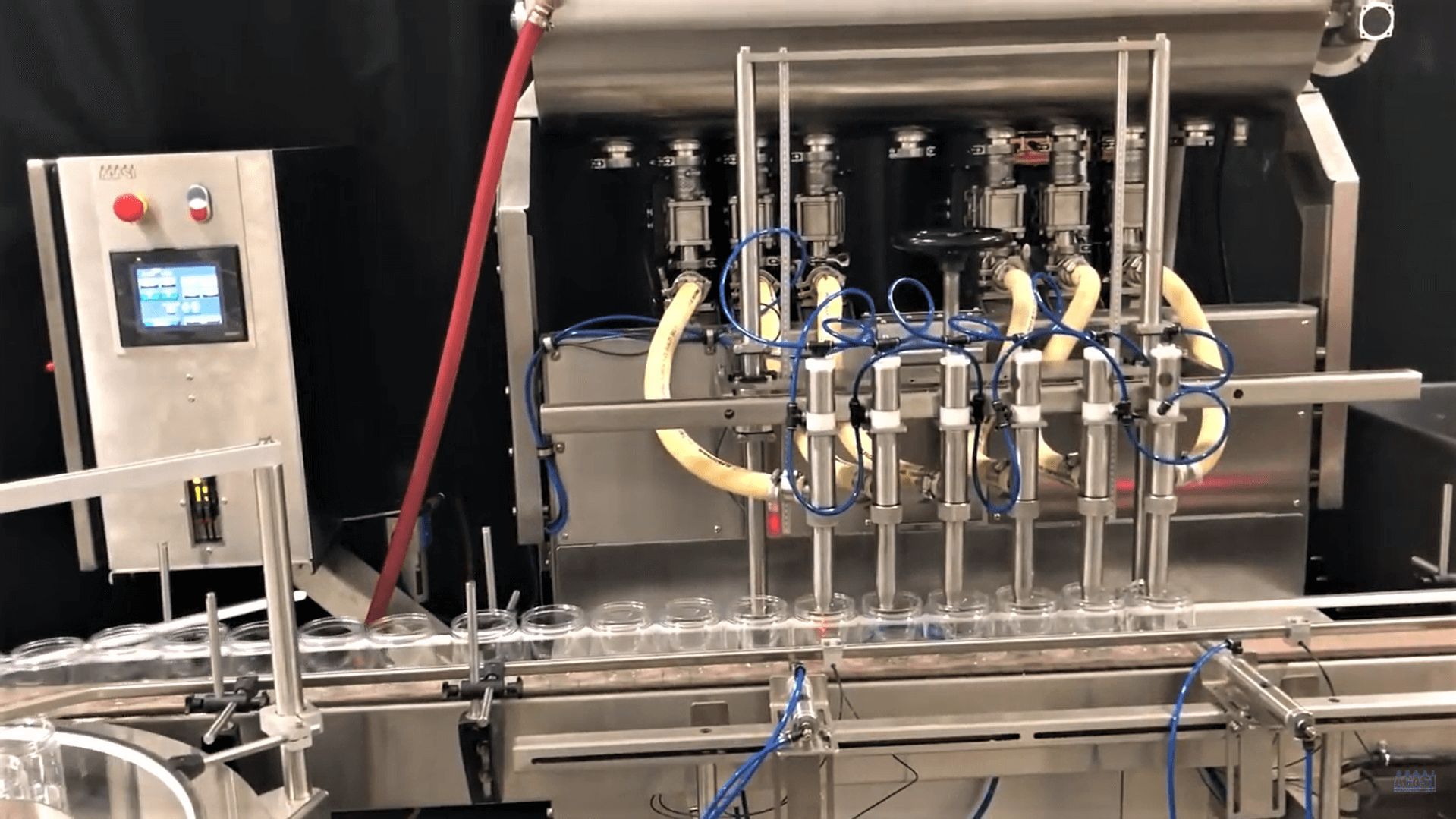
That said, some of the critical aspects of the industrial revolution currently witnessed are automation and boosted controls.
Below, we’ve identified the five key aspects of control systems and automation you can find in every modern bottle capping machine.
Distributed and Efficient Motion Control
Motion and distributed control are some of the key automation aspects that speak volumes in the industrial sector.
Most capping machines in the market are third-generation. These machines feature efficient motion control, thanks to servo motors and computerized electronics.
Compared to their 2nd and 1st generation counterparts, they come with reduced mechanical parts. The absence of chains, pulleys, and gearboxes means reduced wear and tear, hence less maintenance.
Besides the more efficient motion control, there’s also the aspect of distributed control. The latter means synchronization of movement between parts of the machines.
For instance, a capping machine could be connected by a feeder system from multiple liquid filling machines.
To guarantee accuracy and convenient operation, the capping machine should control the individual feeder points. This is where the concept of force and torque allocation comes in to streamline communication between machine parts.
When looking for a bottle capper, always consider the machine’s working principle. Be sure to ask about its motion and distributed control aspects.
Those with high-end motion and distributed control allow for higher control scalability. This means you can control the speed of operation and even isolate some production lines with ease.
Improved Sensor Technology
Smart sensors in the industrial sector are rapidly gaining popularity. Today, sensors are used in nearly all areas to automate manual processes.
Sensors are simply taking over from sensors found in the feeder systems to those fitted in lighting systems. Besides making processes more digital, these sensors also help monitor the overall industrial operations. They collect data, take measurements, and even send data to data centers for further analysis.
Modern automatic capping machines come with a variety of sensors for different purposes. Some sensors allow for accurate alignment of the caps and bottles to ensure they accurately snap into place.
Other sensors check the torque in the bottle capping system to avoid spillage. In other words, every operation or procedure you can think of probably utilizes a sensor. This includes detecting the various colors and sizes of bottle caps to allocate these caps to the right bottles.
And while most sensors can do the bare minimum of making work easier, some come with added functionalities. Some sensors come with advanced custom optics and Nanoelectronics that connect to the cloud. This allows for high-level sophistication that drives autonomous operations with little to no human supervision.
Smaller Architectural Footprints
Some of the notable differences between modern capping machines and first-generation cappers are size and weight. Automatic capping machines in the market are lighter and cost-effective.
Their smaller architectural footprint also makes them quite versatile as they can fit into the space-constrained areas. The compact design also comes with other benefits, such as relocating to different places and easy maintenance.
That said, the industrial revolution has seen a new breed of capping machines in the market. Nowadays, PLCs are being replaced by software and PC-based control systems.
This shift in control architecture allows for more customization and faster communication. Simply put, software-based systems accept several programming languages.
Some also support remote control operations, making control more convenient. These smaller cappers are also equipped with high-end tech features, making them more efficient and reliable.
High-end Flexibility
Another key aspect of machine automation and control you can find with modern capping machines is added flexibility. Today’s bottle cappers can handle cans and bottles of different sizes in one production line.
They can also work synchronously with liquid filling and bottle labeling machines, allowing faster production and increased efficiency.
Other capping machines can handle a wide range of materials. For instance, the more delicate ones like glass to the more rugged ones like plastics and metals.
Another flexibility aspect is the option to modify the speed of capping based on the production requirements. With manual capping machines, production is slow and inconsistent.
Scalability is limited, and it offers little to no control over the aspects of supply and demand. However, automation makes it possible to change the production rate on a need basis.
Clean-In-Place Technology
A clean-in-place or CIP technology is one of the automation features found in most industrial machines that come in contact with the products.
Most automated capping machines in the market are fitted with this technology to make cleaning easier and convenient. CIP systems come with high-pressure cleaning that allows for faster rinsing. Some can also hold sanitization solutions for disinfecting interior surfaces.
Automatic capping machines featuring this cleaning technology allow for quick disassembly.
So, general cleaning of the major machine parts is still very convenient. And while most cappers with a CIP system are a bit costly, they are a worthwhile investment in the long run.
By reducing the amount of time used to clean the piping, filters, vessels, and fittings, you save a lot of time for productive work. This translates to increased efficiency and higher production rates.
Whether you are looking for a medium or large-scale bottle capping machine, always choose one that features this self-cleaning technology.
Take a Step towards Automation Today
From the five automation aspects we’ve highlighted above, it’s easy to see why capping operations are becoming more efficient with time. Technology is shaping the industrial landscape, and the trend is just getting better.
If you are to boost production rates, control your supply and demand and even reduce the overall production cost, you should embrace automation in your production line. A good place to start is with bottle filling and capping operations. This is because this stage is done manually is costly and takes a lot of time.
When choosing an automation partner, pay attention to the manufacturer’s reputation, quality of products, and years of industry experience. You also want to try the automatic capping machine before purchasing to ascertain that it does suit your needs.
